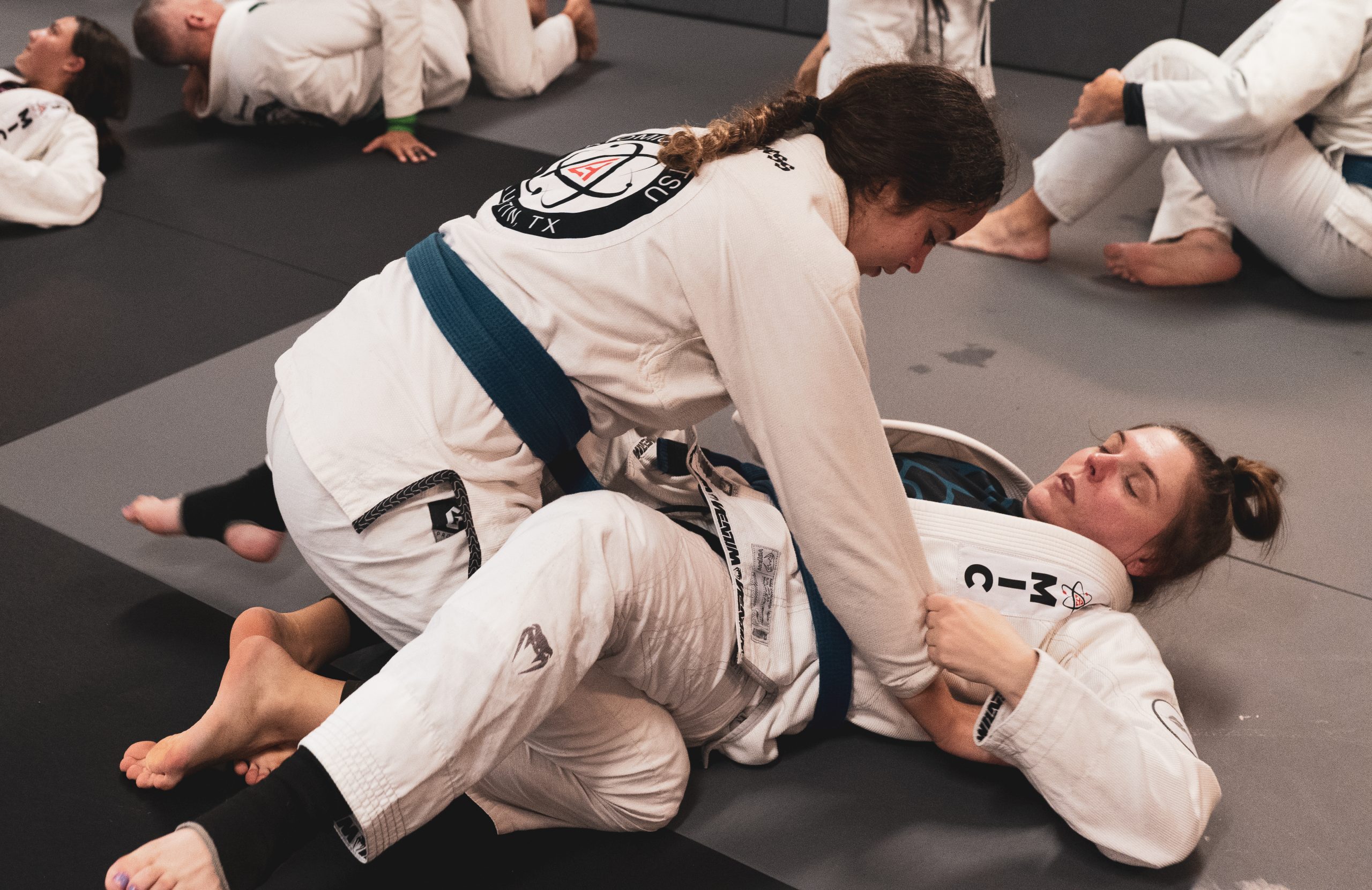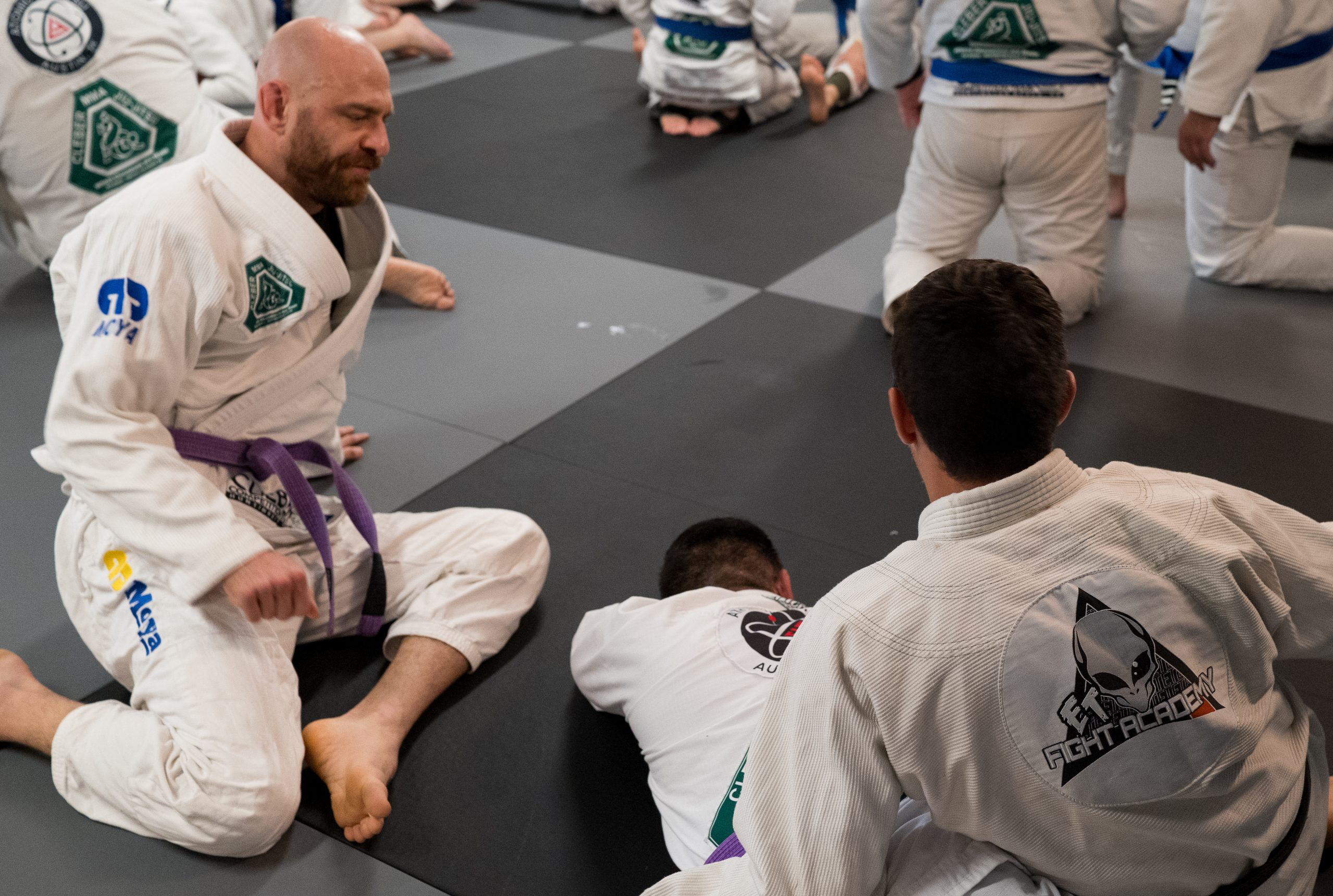How to Transition Between Positions Fluidly: The Art of Flow Rolling
One of the defining characteristics of a skilled Brazilian Jiu-Jitsu (BJJ) practitioner is the ability to transition seamlessly between positions. This fluidity, often referred to as “flow,” is what makes Jiu-Jitsu appear graceful, even in the midst of a competitive roll. Developing smooth transitions not only enhances your technical game but also helps you conserve energy and maintain control over your opponent.
At the heart of this skill lies the practice of flow rolling—a dynamic yet relaxed way to train that emphasizes movement, timing, and connection. Here’s how you can master the art of flow rolling and improve your ability to transition fluidly between positions.
What Is Flow Rolling?
Flow rolling is a style of training where two practitioners roll at a lighter intensity, focusing on continuous movement rather than explosive power or static control. The goal is to explore techniques, improve transitions, and develop a deeper understanding of how positions connect.
Key Features of Flow Rolling:
- Emphasis on movement over submission.
- Cooperative, not competitive, training.
- Smooth transitions with minimal resistance.
- A focus on timing, rhythm, and awareness.
Benefits of Flow Rolling
Flow rolling offers numerous advantages, particularly for developing fluid transitions:
- Builds Muscle Memory: Repetition of movements in a relaxed environment helps solidify pathways in your brain, making transitions second nature.
- Enhances Timing: Flow rolling teaches you when to move and how to anticipate your partner’s actions.
- Increases Positional Awareness: Regular practice helps you understand how different positions connect, giving you a roadmap during live rolls.
- Reduces Injuries: The cooperative nature of flow rolling minimizes the risk of strain or injury, making it ideal for recovery days or technical refinement.
Strategies for Developing Fluid Transitions
Master the Fundamentals
Fluid transitions stem from a strong foundation in the basics. Focus on mastering core techniques like guard passes, sweeps, and escapes. For example:
- Guard Pass Transitions: Drill sequences like knee slice to side control or Torreando to mount.
- Sweeps into Control: Practice flowing from a scissor sweep straight into mount or side control.
The better you understand these fundamental movements, the easier it will be to chain them together.
Focus on Positional Connectivity
Every position in BJJ has natural transitions to others. Understanding these connections is key to fluid rolling. For example:
- From side control, you can transition to mount, north-south, or knee-on-belly.
- From half guard, you can move into full guard, deep half, or even sweep into top position.
Study how positions flow into one another, and drill those pathways.
Develop Hip and Core Mobility
Your hips and core are the engine of movement in Jiu-Jitsu. Improving your mobility and strength in these areas makes transitions smoother and faster.
Drills to Enhance Mobility:
- Shrimping: Practice moving your hips effectively during guard retention and escapes.
- Granby Rolls: These teach you to roll smoothly and maintain momentum.
- Bridge-and-Roll: A staple movement for escaping and transitioning.
Slow Down and Relax
Ironically, trying to move too fast can make your transitions clunky. Flow rolling emphasizes smooth, deliberate movements over speed. By slowing down:
- You can focus on technique and precision.
- You’ll notice opportunities for transitions that might otherwise be missed.
Remember: In Jiu-Jitsu, slow is smooth, and smooth is fast.

Anticipate Your Partner’s Movements
To transition effectively, you need to predict what your partner will do next. This comes with experience and active observation during rolls.
How to Anticipate Movements:
- Pay attention to grips, weight shifts, and posture.
- Use light pressure to guide your partner into predictable reactions.
- Flow rolling helps develop this awareness without the intensity of a live roll.
Drill Chain Sequences
Drilling specific sequences is one of the best ways to build fluidity. For example:
- Guard pass to side control to mount.
- Butterfly sweep to mount to armbar.
- Escape from side control to half guard, then sweep to top position.
Practice these chains repeatedly to develop a natural sense of flow.
Stay Connected to Your Partner
Maintaining physical connection to your opponent is crucial for smooth transitions. Whether it’s through grips, hooks, or body pressure, staying connected ensures you’re always in control of the movement.
Tips for Staying Connected:
- Use frames and hooks to guide transitions.
- Avoid creating unnecessary space that allows your partner to escape or reset.
- Stay mindful of your partner’s weight distribution to time your movements effectively.
Common Flow Rolling Mistakes to Avoid
- Overpowering Your Partner: Remember, flow rolling is about movement, not domination.
- Stopping Mid-Roll: Aim to keep moving, even if you find yourself in a bad position.
- Neglecting Technique: Don’t sacrifice proper form for the sake of speed.
Incorporating Flow Rolling into Your Training
Warm-Up with Flow Rolling:
Start your training sessions with 5-10 minutes of light flow rolling. This gets your body warmed up and sharpens your focus.
Set Specific Goals:
Focus on one or two areas during your flow rolling sessions, such as guard retention, passing, or submission chains.
Pair with a Cooperative Partner:
Find a training partner who shares your commitment to learning and refinement. A cooperative partner makes flow rolling enjoyable and productive.
In Summary
Mastering the art of fluid transitions in Jiu-Jitsu is a journey that requires practice, patience, and awareness. Flow rolling is an invaluable tool for developing this skill, offering a safe and effective way to build muscle memory, improve timing, and connect techniques. By incorporating flow rolling and focusing on the strategies above, you’ll find yourself transitioning between positions with ease, efficiency, and confidence. Remember, fluidity on the mat is not about being the strongest or fastest—it’s about moving with purpose and precision.


